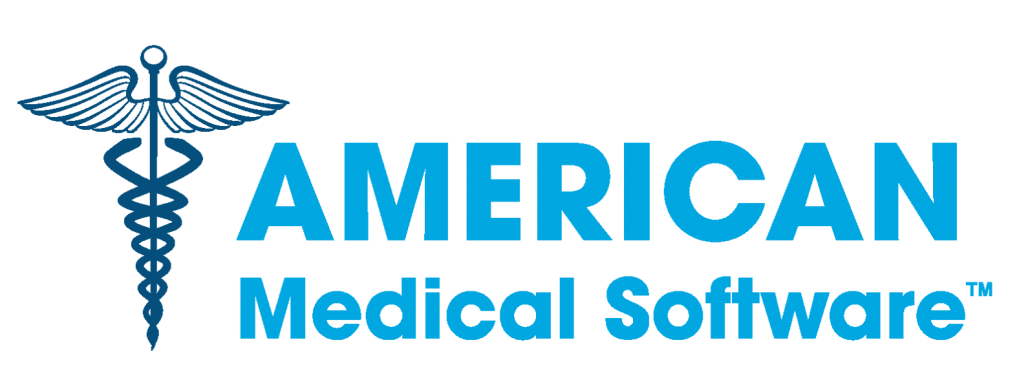How Meaningful Use Grew Deeper Roots in 2012
This was a year when data showed its muscle, whether in the presidential elections or demonstrating how deeply entrenched the adoption and meaningful use of electronic health records had become in 2012.
Health information exchange and patient engagement tools also made headway toward becoming a reality, paving the way for meaningful use stage 2.
Across the Medicare and Medicaid meaningful use programs, 82 percent of hospitals, or 4,193, have registered for meaningful use, while the majority of hospitals have received payments under the health IT incentive program, according to Farzad Mostashari, MD the national health IT coordinator.
Medicare and Medicaid electronic health record payments reached $9.32 billion to 176,561 physicians and hospitals through November since the program’s inception. For 2012 through November, CMS paid out $4 billion compared with $5.3 billion in 2011.
The programs that ONC established to help providers do the hard changes to attain meaningful use have also taken root. “With the regional extension centers, we leave nobody behind. We’re going to go where it’s hardest,” Mostashari said. “And Beacon communities have ripped the shroud from the belief that health care can’t change.”
Transformation is happening, according to Mat Kendall, director of ONC’s Office of Provider Adoption Support (OPAS).
“What’s amazing is that all these accomplishments start coming together,” he said at the annual meeting, describing how meaningful use support efforts have expanded, including:
1. Regional extension centers have enrolled 140,000 primary care providers, with 100,000 of them practicing with EHRs and 33,000 who have gotten to meaningful use
2. 43 states have established health information exchanges
3. 60,000 providers from 11,000 organizations are enabled for Direct point-to-point exchange and conducted 80 million exchanges between July and September
4. More than 600 people have signed up to participate in the Standards & Interoperability Framework to solve problems with exchange
5. 8500 providers across the country are working with the 17 beacon communities from Maine to Hawaii and establishing and using health IT to help improve care for patients with chronic conditions
6. ONC-funded community college and university workforce programs have trained 16,000 students as health IT professionals, with thousands more in the pipeline
7. ONC’s certification team has certified 1,600 EHRs and modules.
“Health information exchange state grantees tackle probably the hardest challenge we have in business incentives and trust, the formidable barrier of ‘why should I share information with you?’” Mostashari added. “State leadership has said we need policies, trust and services to help get us beyond parochial interests and perverse business models. Those payments are also changing.”
Source: www.govhealthit.com; Mary Mosquera; December 28, 2012.




Leave a Reply
Want to join the discussion?Feel free to contribute!